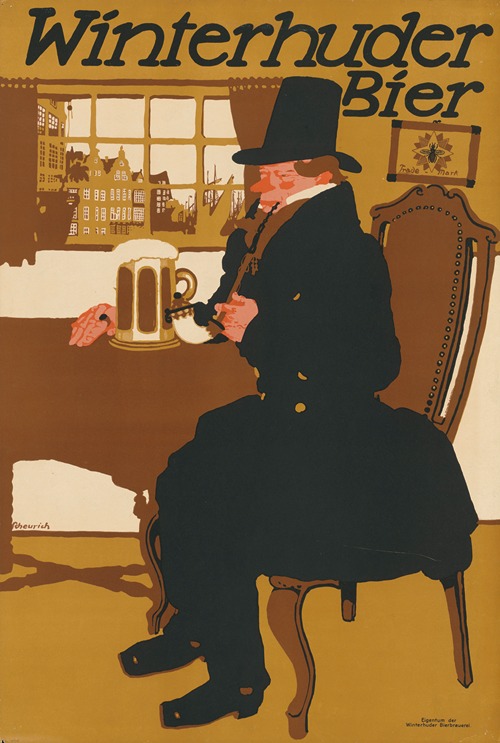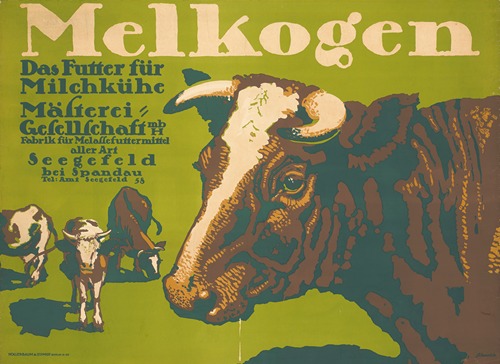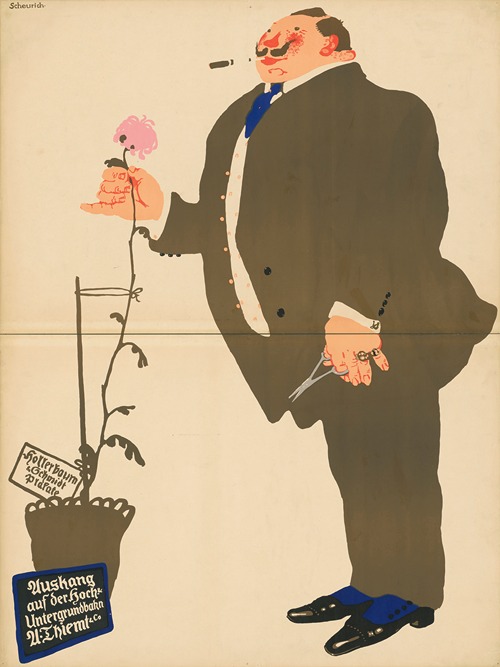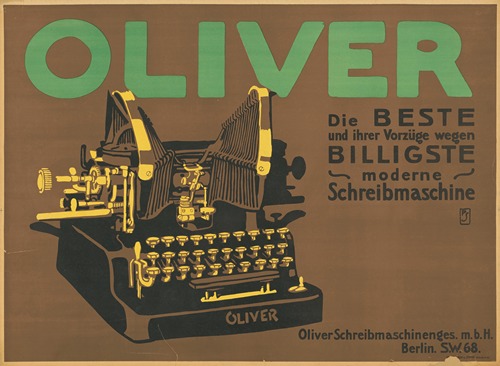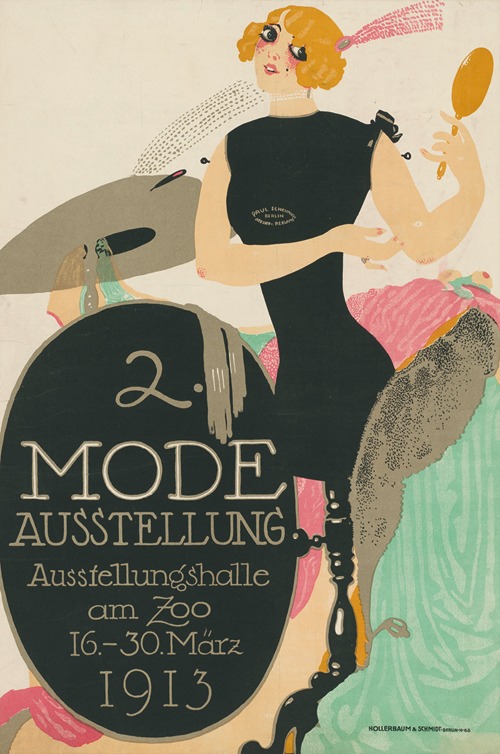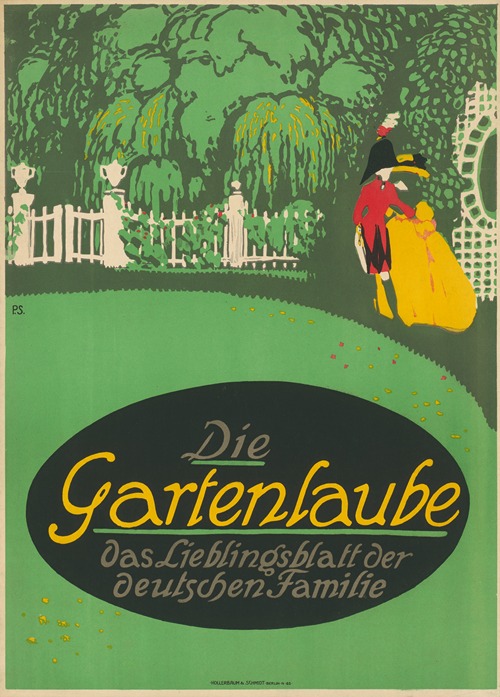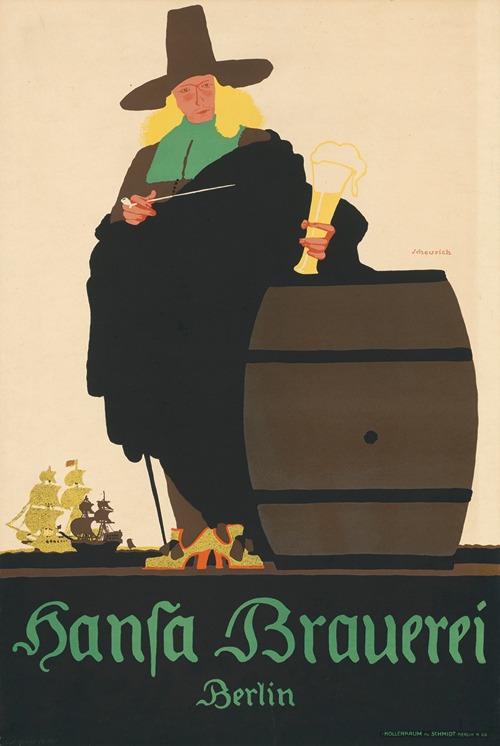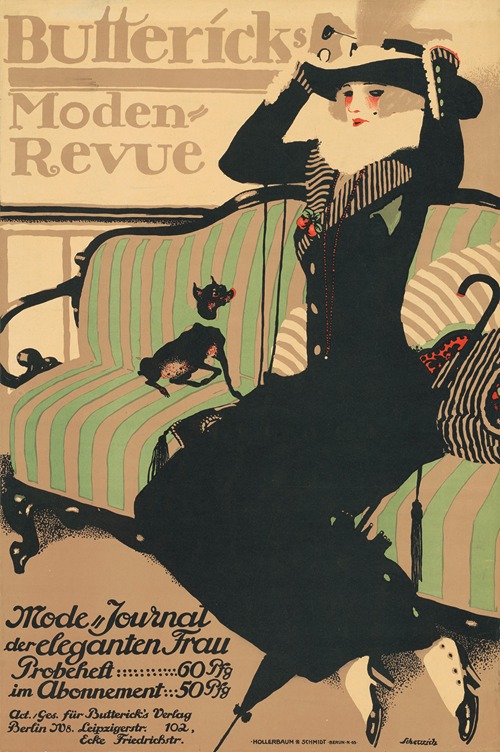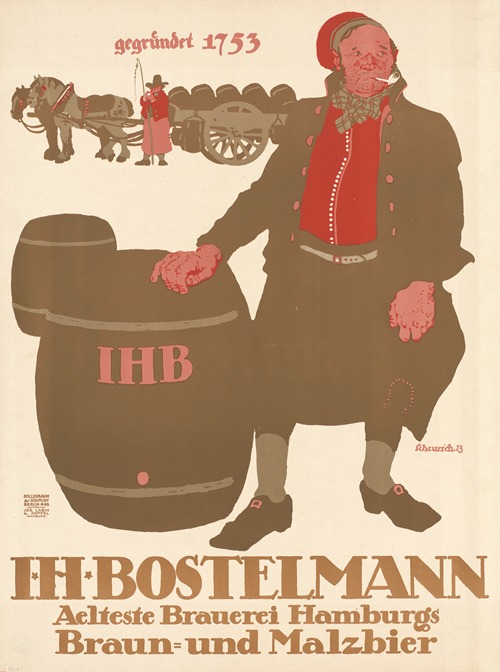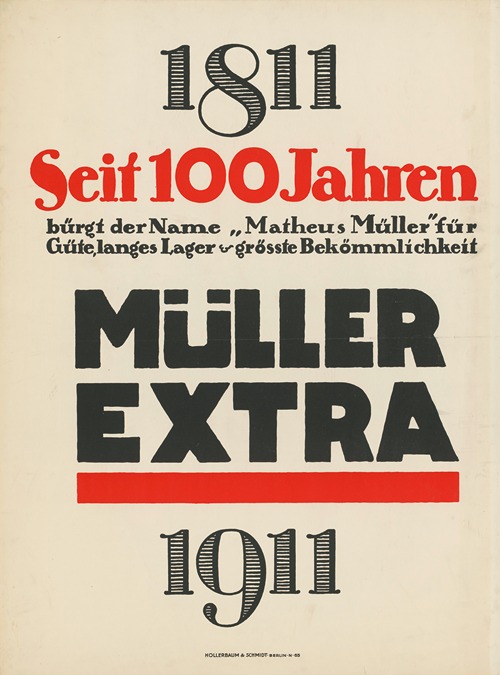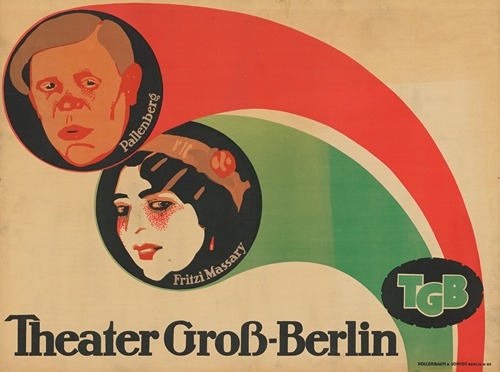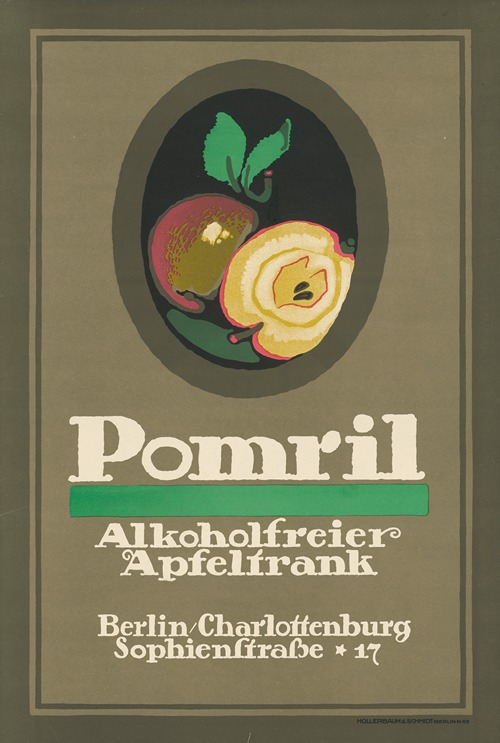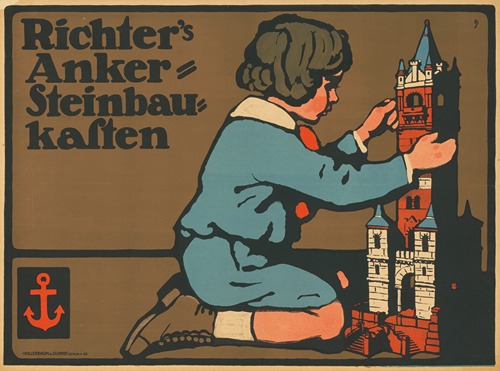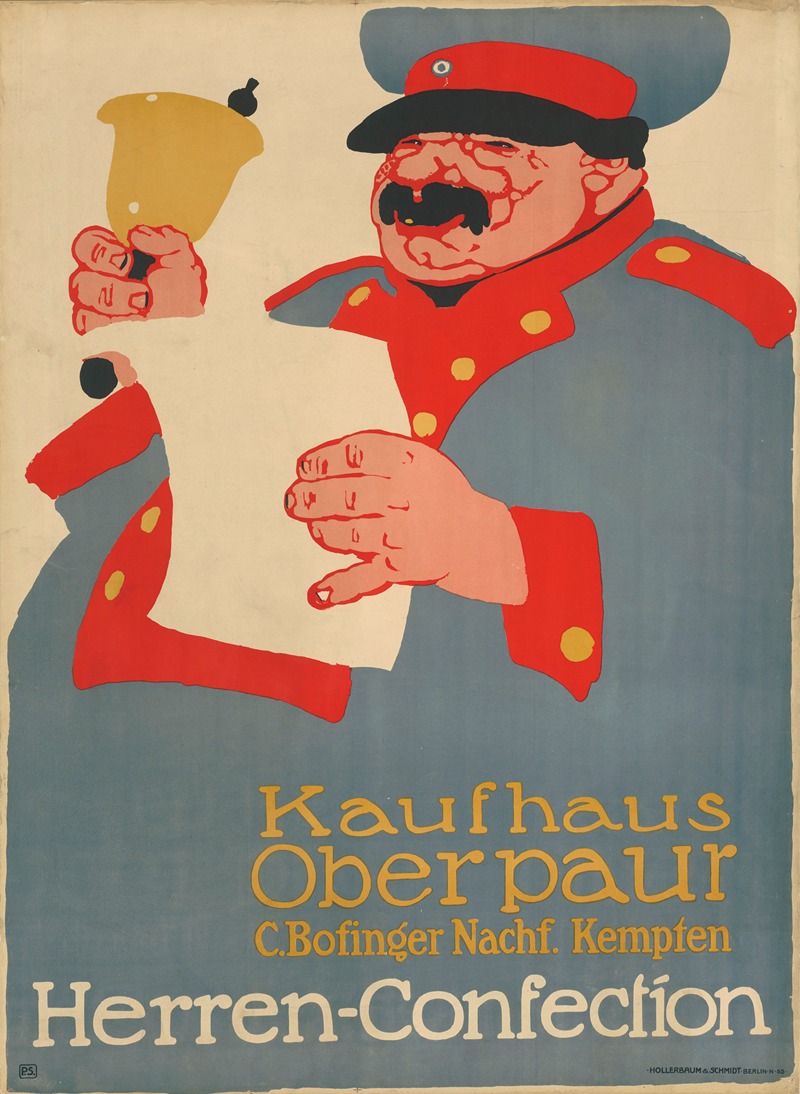

Paul Scheurich was a German painter, graphic artist, commercial artist, and sculptor.
From 1900 to 1902, Scheurich studied at the Berlin Art Academy. Around 1912, Max Adolf Pfeiffer recruited him to work at the Schwarzburger Werkstätten für Porzellankunst (Schwarzburg Workshops for Porcelain Art). Around 1913, he created stage designs for Max Reinhardt. From 1918 to 1936, he had an exclusive contract and a professorship at the Meissen Porcelain Manufactory, for which he created figurative models in a style inspired by the Rococo.
In 1919, he published his first drawing in Simplicissimus, for which he supplied over a hundred pictures between 1931 and 1938, mostly depicting scenes of sophisticated couples and society.
From 1929 onwards, banknotes were printed based on his designs on behalf of the Deutsche Reichsbank. He was also a highly regarded artist during the Third Reich. In 1935, he created the stage curtain for the German Opera House in Berlin and the large tapestry in the building of the Reich Ministry of Propaganda. In 1937, he took part in the World Exhibition in Paris. The mural designed by Scheurich depicting numerous German and foreign artists in action, as well as the conductor Paul Lincke, for the “Café Wintergarten” was published in color in 1938 in the commemorative publication marking the 50th anniversary of the former Wintergarten (variety) stage in what was then the Central Hotel on Berlin's Friedrichstraße.
In 1939, he was represented at the Great German Art Exhibition in Munich's Haus der Deutschen Kunst with his sculpture Shepherd and Nymph. He also created the murals in the foyer of the Augsburg City Theater.
Paul Scheurich is considered one of the most important porcelain sculptors of the first half of the 20th century.
